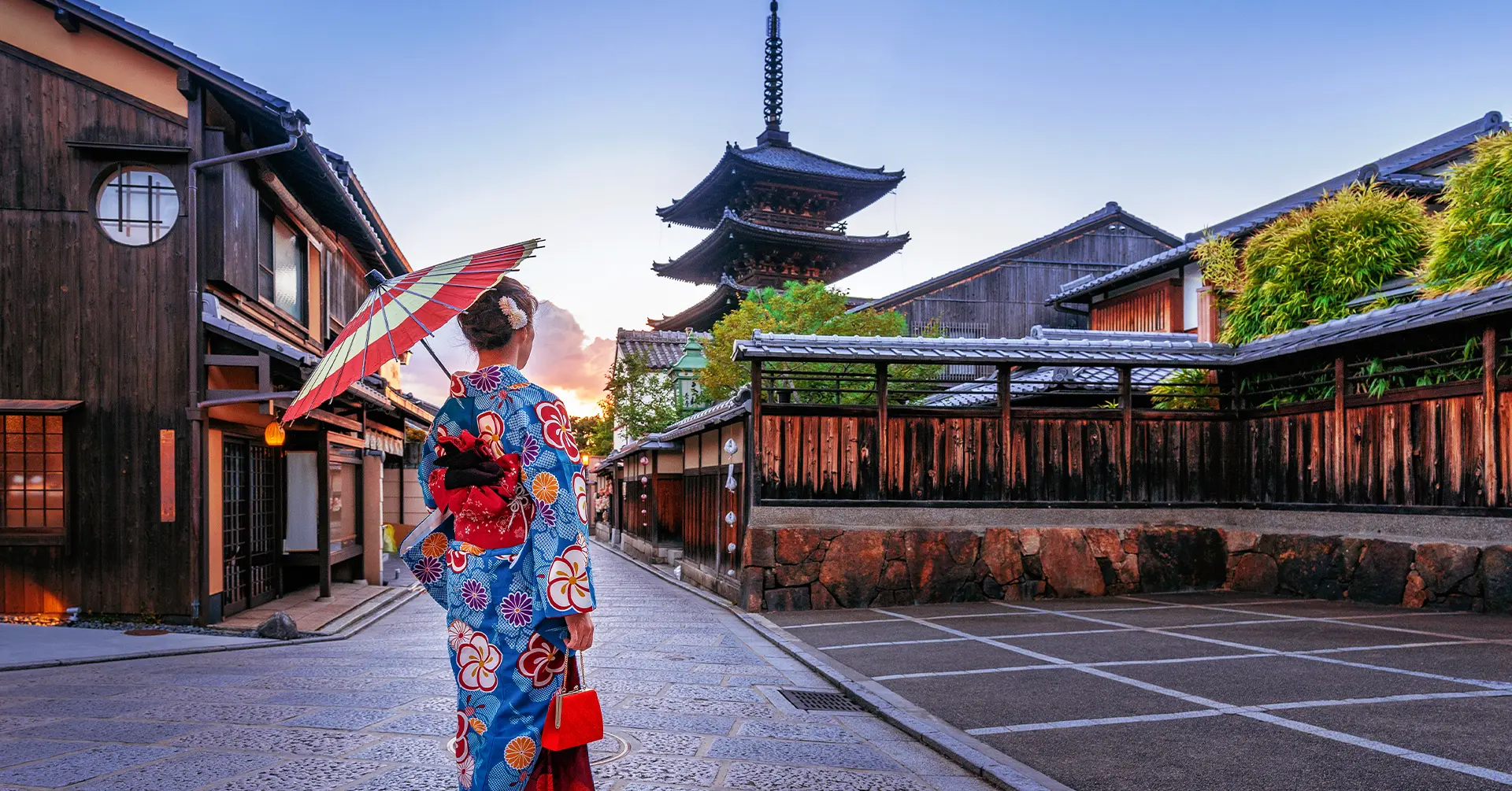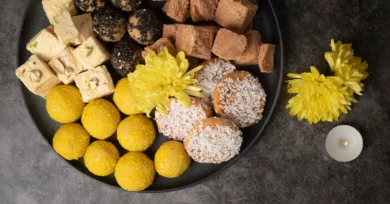Japan’s ability to blend old and new draws tourists worldwide. The Japanese Culture and art of this eastern island nation reflect centuries of history. It’s a community that practices mindfulness, compassion, and respect daily. We’ll explore culture of Japan riches in an in-depth examination. From the tranquility of ikebana to the frenzy of pop culture, Japan’s culture shows its ability to combine tradition with innovation.
Let’s experience the Culture of Japan’s roots, the refinement of traditional arts, gastronomic delights, the lasting beauty of Japanese dress, and the vivacity of Japanese festivals. We’ll understand how Japanese culture has influenced people throughout the ages as we study it.
The Essence of Japanese Culture
Japan’s rich cultural legacy combines history, geography, and social standards. Traditional Japanese ideals emphasize peace, alertness, and respect. These guidelines influence people’s interactions and environments.
Japan’s “Wa,” meaning harmony or balance, encapsulates much of life’s value. It appears in architecture, art, and relationships. Traditional temples, shrines, and their painstakingly constructed gardens seek harmony with nature.
Japan values respect in all aspects of life. Japan’s culture values respect, shown via bows, honorifics, and social hierarchy. Respecting cultures and standards improves daily interactions and promotes togetherness.
Traditional Arts and Crafts
-
Ikebana
Its unique blend of beauty and philosophy pulls many to Ikebana, the Japanese art of flower arrangement. Flowers and other natural elements are placed for simplicity, balance, and harmony. Ikebana uses negative space and simplicity to produce striking compositions. This old Japanese painting style reflects cultural and aesthetic changes throughout time.
Ikebana is more than a flower arrangement, it’s a way to connect with nature and express one’s emotions. Artists’ moods and seasons influence each bouquet’s story. There are still Ikebana schools in Japan where you may learn this trade and help preserve it.
-
Tea Ceremony
The Japanese ceremonial of chanoyu or sado involves preparing and consuming matcha, a powdered green tea. This coordinated dance relies on millennia of history and meditation. The tea ceremony symbolizes calm and harmony with nature, not merely a ritual.
Japanese tea ceremonies showcase their sophisticated taste and welcoming hospitality. The tea room is perfect for peaceful thought with its tatami mat floor and well-chosen items. Visitors may forget their worries and enjoy the moment.
-
Calligraphy
Shodo, Japanese calligraphy, uses a brush and ink to create intricate letters. This painting style is introspective since each brushstroke expresses a thought or mood. Poetry and official papers are written in Japanese calligraphy. It introduces modern readers to Japan’s rich literary legacy.
Calligraphy is meditative. The brush strokes, ink flow, and characters convey the calligrapher’s thoughts and emotions. Calligraphy takes years of effort and character understanding to perfect.
-
Cuisine
As “washoku,” Japanese cuisine is a distinct culinary experience. Seasonality, beauty, and high-quality, locally-produced cuisine are its priorities. Sushi, sashimi, tempura, and ramen are famous Japanese dishes. In addition, “omotenashi” (hospitality) and dining etiquette affect the eating experience.
Besides flavor, Japanese cuisine is a sensory experience. Japanese food is beautiful because it is prepared in fine china with carefully coordinated colors and textures. The multi-course “kaiseki” feasts that showcase seasonal flavors demonstrate Japanese chefs’ skill.
Japan values food so much that “itadakimasu” and “gochisousama” are widespread. One says “itadakimasu” before eating and “gochisousama” afterward to thank the chef and those who helped prepare the meal. These phrases demonstrate that food, tradition, and contemporary knowledge are interwoven.
Traditional Clothing
The kimonos, which have a long and illustrious history, symbolically depict the Culture of Japan. Special occasions like weddings and festivals need kimonos. In summer and for traditional events like Hanabi (fireworks), individuals wear yukata, a lighter, more relaxed kimono.
Donning a kimono, or “kitsuke,” is a centuries-old art. The kimono’s obi (sash), other decorations, and style might reveal the wearer’s age, social standing, and occasion. Kimonos symbolize Japanese culture and seasons.
Kimonos are more than clothes—they represent the wearer’s personality and the event’s importance. Kimonos’ patterns and colors may signify emotions and life stages. Modern kimonos combine traditional and contemporary styles, showing Japan’s willingness to adapt without compromising its culture.
Festivals and Celebrations
Japanese festivals, called “matsuri,” are vibrant celebrations of the country’s history and culture. Cherry blossom festivals (hanami), Gion Matsuri in Kyoto, and Tanabata highlight Japan’s rich culture and history.
Matsuri includes parades, cuisine, and traditional entertainment. Their knowledge of Japanese religion and mythology bridges ancient and modern Japan. The August Bon Festival brings families together to dance and burn lanterns in commemoration of loved ones.
These celebrations unite people as well as entertain. They bring families and communities together to celebrate beliefs and traditions.
Pop Culture and Modern Influences
Japan leads pop culture worldwide and values its traditions. Manga, anime, J-pop, and video games are popular worldwide. Japan’s ability to combine traditional values with contemporary creativity shows its ability to adapt and grow.
Japanese popular culture influences entertainment, fashion, and technology worldwide. Pokémon, Studio Ghibli, and Harajuku have influenced the world.
Manga and anime have become cultural ambassadors, introducing global audiences to Japanese storytelling and innovation. Fans dress up as their favorite characters for cosplay, reflecting their emotional attachment to Japanese culture.
Respect for Nature and the Environment
The culture of Japan is deeply rooted in its geography. Shintoism and Buddhism teach appreciation for nature. Forest bathing (shinrin-yoku) and meticulous garden and landscape management show this appreciation for nature.
Japanese environmental stewardship is based on “satoyama,” or peaceful cohabitation with nature. This has led to conservation initiatives for natural places and sacred mountains like Fuji.
The famous Zen garden is one Japanese garden that promotes tranquility and oneness with nature. Their rocks, stones, and plants are carefully placed. Not only are these gardens beautiful, but they’re also wonderful for peaceful thought.
Etiquette and Social Norms
The culture of Japan values politeness and etiquette. Common rituals include bowing, giving presents, and taking off shoes at the threshold. A nice Japanese cultural experience demands learning and following social norms.
Japanese society values respect and kindness. By separating “tatemae” (public face) from “honne” (true feelings), the Japanese promote collaboration over conflict. Many aspects of life need ongoing balance.
Language and Communication
“Nihongo,” the Japanese language, is important to the culture of Japan. This complex language uses kanji, hiragana, and katakana. The Japanese language uses honorifics and other formal addresses to represent its hierarchical society.
Japanese is more than just a language,it’s a doorway into a fascinating culture. Poetry, haiku, and literary expression have long existed in the language. Japanese is an excellent approach to learning about Japan’s culture and literary history.
Traditional Theater and Performing Arts
Japan has a rich theatrical tradition, including Noh, Kabuki, and Bunraku. Classical theater uses elaborate sets, costumes, makeup, music, and dancing.
Traditional Noh performances are ceremonial and spiritual. Kabuki performances are theatrical, with stylized movement and heavy makeup highlighting the performers. Bunraku puppeteers use intricate puppets as the audience observes.
The culture of Japan’s mythology and historical histories are revealed through these theatrical acts.
Architecture
Japanese structures blend old and new. Ancient temples and shrines remain quiet despite modern buildings. Modern and traditional architecture express beauty via simplicity and sustainability.
Kyoto’s Kinkaku-ji (Golden Pavilion) and Nara’s Todai-ji Temple showcase traditional Japanese architecture as art. Modern architects like Tadao Ando and Kengo Kuma are known for their innovative use of eco-friendly materials and sustainable procedures.
Education and Lifelong Learning
The culture of Japan values study and self-improvement. Many believe that learning and education are crucial to personal and communal growth.
Japanese students are noted for their hard work and discipline; they often remain after school for additional studies. The rigorous school system instills discipline, work ethic, and personal responsibility.
Japanese love learning outside the classroom. Hobby, craft, and cultural activities benefit all ages. This desire to improve oneself is shown in a desire to master several trades and skills.
Spirituality and Religion
Japanese Shintoism and Buddhism influence culture. Shintoism worships kami, or spirits, in forests, mountains, and rivers. The torii gates and sacred forests around Shinto shrines make them holy places for prayer and festivity.
Buddhism, introduced to Japan from China and Korea, shaped its religion and philosophy. With their lush gardens and intricate paintings, Buddhist temples host meditation, contemplation, and rites. Many Japanese practice both Shinto and Buddhism, demonstrating their harmonious coexistence.
Traditional Arts and Crafts Preservation
Japanese government’s effort to conserve historical arts and crafts is encouraging. Several organizations and artisans work hard to pass on centuries-old expertise.
Conservation initiatives are preserving Japanese ceramics like Arita and Bizen ware. Craftspeople work hard to maintain traditional methods while adding modern touches to fulfill client demand.
The government protects intangible cultural treasures such as traditional dance, music, and festivals. These measures preserve Japan’s culture and help it modernize.
Regional Diversity
The culture of Japan is a patchwork of traditions and languages. Many cultures are defined by their customs, festivals, and foods. Tohoku is recognized for its bustling summer festivals and excellent seafood, while Kansai, centered around Osaka and Kyoto, is famed for its historical monuments and distinct dialect.
Visit Japan’s prefectures to explore its diverse cultures. Japan’s landscapes reflect its cultural variety, from the cold highlands of Hokkaido to the warm islands of Okinawa.
Conclusion
The Culture of Japan is remarkable because it blends old and modern while upholding millennia-old values. From ikebana’s serene beauty to pop culture’s frenzied excitement, Japan’s rich cultural tapestry inspires individuals of all backgrounds.
Visiting Kyoto’s historic alleys or Tokyo’s contemporary metropolis is crucial to experiencing Japan’s rich culture. The richness of Japan’s culture proves that traditional traditions can adapt. History and modernity combine here, and travelers are urged to peel back the layers to discover the local culture
Also Read:
East Asia Cultural Traditions, Foods, and Etiquette
Dominate the Music Industry with Effective Marketing Strategies






